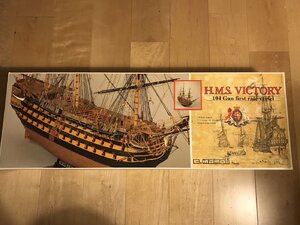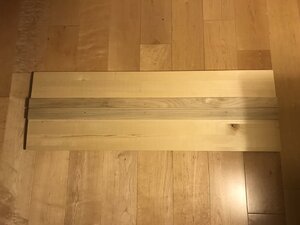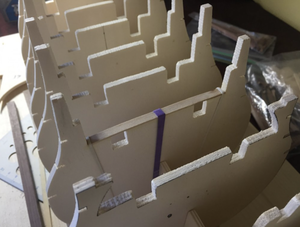This is a copy of build log started back in March this year 2018:
decided to build HMS Victory by Mamoli 1:90 scale. Reasons? I wanted to build a model which is a) relatively complex; b)not too large so I can work on it in my condo (moved out of house a few years ago); c) of a beautiful and historically important ship. Choice fell on Victory. Selected Mamoli kit because of scale, price and nice cast details. Let us see how it goes. Here is a kit. I believe it is circa 2006. I got it from eBay for total of about US $400 after paying import tax to Canada.
decided to build HMS Victory by Mamoli 1:90 scale. Reasons? I wanted to build a model which is a) relatively complex; b)not too large so I can work on it in my condo (moved out of house a few years ago); c) of a beautiful and historically important ship. Choice fell on Victory. Selected Mamoli kit because of scale, price and nice cast details. Let us see how it goes. Here is a kit. I believe it is circa 2006. I got it from eBay for total of about US $400 after paying import tax to Canada.

Last edited:



